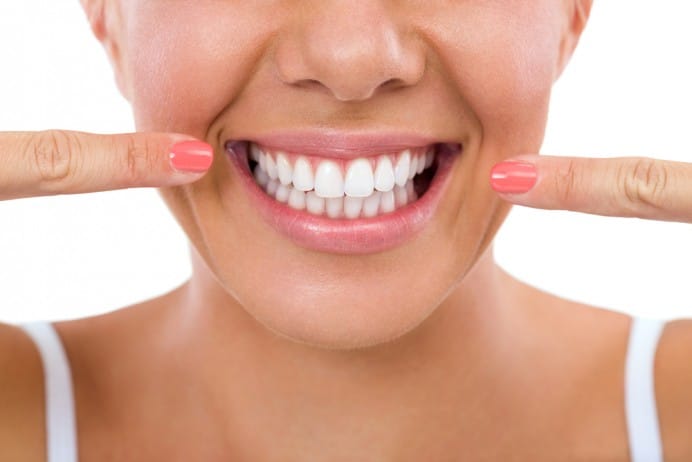Artikel in der Kategorie Dental information
-
Why is the health of your mouth so important ?
Freitag, 6. September 2019 - keine Kommentare - in Dental information
You would not leave an open wound anywhere on your body untreated. Yet, we do in our mouth.
Your mouth is the main opening into your entire body. We put things in it all day long. Morning till night. We use our mouth to speak, breathe, and kiss. Yet, it remains on the outside edge of conversations we have about health and wellness.When you look at the way the majority of people take care of their teeth and mouth, it would seem oral health is unimportant to us.
What does seem to be important are straight, white teeth and fresh breath. People are purchasing products that target these things even if they have cavities and gum disease.
Dental disease is silent, one out of two people have gingivitis, and 64 million people have periodontal disease.
According to the World Health Organization, tooth decay affects 60-90% of school-aged children in industrial countries; it is the # 1 disease among children in the united states.
Children are missing school and being admitted to the hospital under general anesthesia for dental treatment. By the time they have pain, the cavities have progressed to the point that they will need a pulpotomy, root canal or extractions. These cases usually involve several teeth.The astonishing truth is this can all be prevented simply by changing a few habits.
Taking steps to improve our oral health habits and diet can also lower our risk of getting chronic illnesses like heart disease, diabetes, Alzheimer’s, Kidney disease, preterm delivery, and more.So it's really important for us to have regular dental check-ups. All you need to do is make an appointment for a dental office with the best dental equipment, and the dental tools are well sterilized with dental autoclave.
Related article:How to enhance your dental office?
